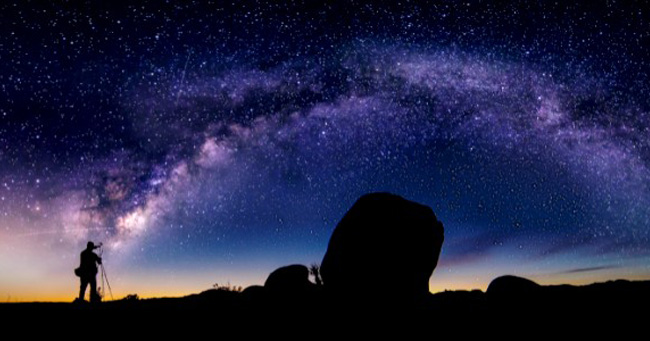
Winter is the perfect time for Astrophotography in Australia. The shorter days mean it gets darker sooner so you don’t have to stay up as late to take advantage of pitch black conditions. The reduction in humidity during this time of year is also beneficial to the atmospheric conditions required for clear skies and less light pollution, resulting in brighter stars and a more vibrant sky.
If you’re thinking about buying a new mirrorless camera to get into astrophotography, we’ve compiled 6 LUMIX camera features that will help you take better photos of the night sky.
Live View Composite Mode
Shooting stars or the Milky Way on a normal digital camera requires a fair amount of trial and error. You usually need to take multiple shots, each time fine-tuning your shutter speed, aperture and ISO settings then checking the resulting image and making further adjustments before arriving at your desired exposure. The Live View Composite Mode in selected LUMIX cameras such as the S5, GH5M2, G95 and G100 take away the guess work, allowing you to set your desired exposure, take the shot, then view the image on the screen as it is being exposed in real time. Once you’re happy with how the shot looks, simply hit the shutter button again to stop the exposure. This mode is also great for light painting, shooting light trails and other long exposure scenarios.
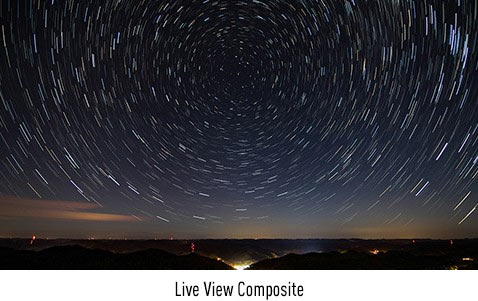
Live View Boost
Astrophotography often requires advanced planning and precise camera framing in order to capture that once-in-a-lifetime celestial event. This can be tricky and require some trial and error when the subject of your shot appears pitch black in your viewfinder due to insufficient ambient light required to light the scene. The Live View Boost feature available with selected LUMIX cameras including the S5, GH6, and GH5M2 is a lifesaver in these situations. Enabling the setting lowers the viewfinder frame rate while increasing the gain, brightening the overall image to give the photographer a much clearer representation of the frame. This ensures a much less frustrating experience, allowing night sky photographers to capture pixel perfect compositions without the trial and error.
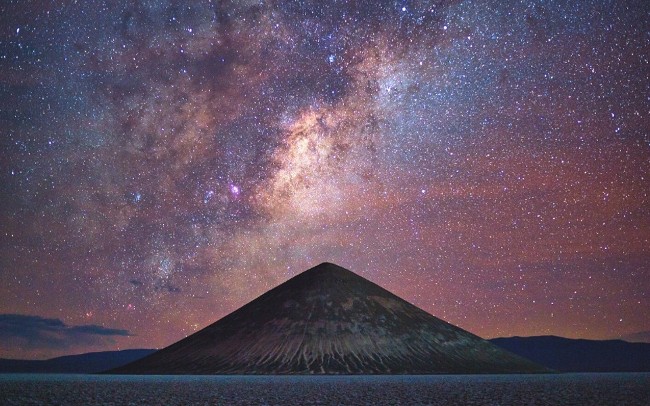
Live View Boost makes perfect composition easy.
Starlight AF
Focusing on low-light subjects can be extremely tricky in any scenario. Astrophotography is no exception, with a photo of the night sky that is even slightly out of focus likely to lose its dramatic appeal. For decades, manual focusing was the only technique to focus a camera when shooting astro, leading to the misconception that manual focus always delivered the sharpest results. Starlight AF challenges this belief, delivering real world results to back up its capability. Equipped in LUMIX cameras such as the S5, GH6, GH5M2 and G9, Starlight AF temporarily ramps-up the ISO to create a brighter scene giving the AF system more information to be able to successfully lock focus and ensure your stars are pin-point sharp.

Aurora in Antartica. Shot on a LUMIX S1H. Credit: Ewen Bell Photography
Night Mode
The Night Mode on selected LUMIX cameras including the S1, S5 and GH6 adds a red colour cast and dims the rear screen or EVF to reduce the amount of dilation in your pupils, helping you retain your night vision. Photographing stars in remote locations in the dead of the night requires you to be acutely aware of your surroundings. Especially if you’ve got your valuable camera and lens set up on a tripod, where it could be vulnerable to being kicked or bumped and ruining your time-lapse or worse, tipping over and damaging your gear. The Night Mode simply replicates a trick astronomers have been using for decades with red gel over their flashlights to ensure their vision is not compromised by a bright blast of light in blue spectrum once your eyes have become accustomed to the darker surroundings.
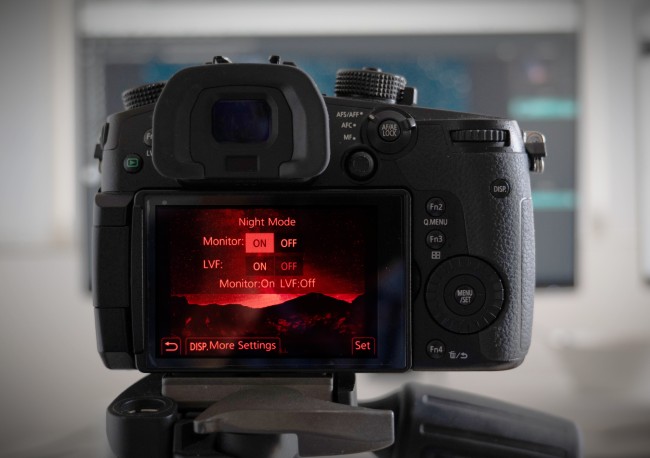
Night Mode can be enabled for the monitor or electronic viewfinder independently.
Dual Native ISO
Selected cameras in the LUMIX range including the GH5S, S5 and S1H feature an advanced hardware configuration called Dual Native ISO. Using technology that has trickled down from Panasonic’s high-end professional Varicam cinema cameras, Dual Native ISO is a game-changer for astro photographers thanks to its ability to deliver ultra-low noise results at two different ISO settings. Equipping astro shooters with the ability to dial up the ISO without having to worry about noise affecting the clarity of their image gives them a substantial advantage in being able to choose the optimum shutter speed and aperture for maximum sharpness and detail.
Wireless Shutter Release
Camera shake is possibly the most common way that long-exposure shots are ruined. The force required to merely press the shutter button can cause the camera to move enough to result in a blurry image. That problem is solved with the Wi-Fi & Bluetooth connectivity built-into many LUMIX cameras. Simply download the LUMIX Sync or Panasonic Image app (iOS / Android) to your smart device and you can change camera settings and activate the shutter without having to touch the camera at all, giving your images the best chance of achieving maximum sharpness and detail.
Flip-out Screen
Checking your composition, exposure and focus when your camera is on a tripod is a pretty simple task, unless your camera is pointed at the sky. Once your lens is looking upward, it becomes rather uncomfortable to use the viewfinder or the rear screen. That is where the flip-out screen featured in many LUMIX cameras including the S5, GH6, G9, GH5M2 and G100 can come in handy. The articulating capabilities of the screen ensures it’s easy to check your settings and view your shot without having to bend over backwards.
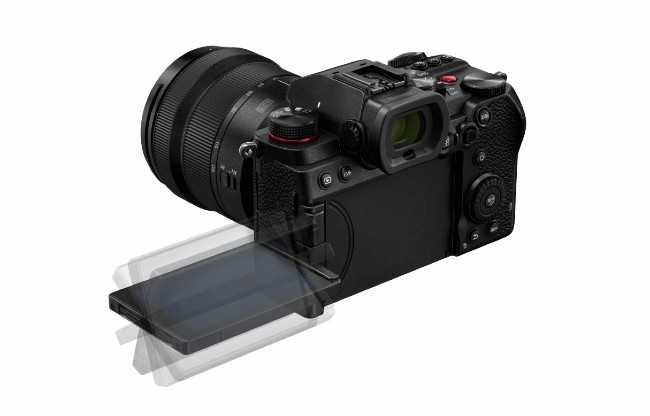
Now that you’re equipped with some great tips on how LUMIX mirrorless cameras can make it easy to capture a great astro photograph, check out our latest camera range and begin your photographic journey today.
View LUMIX Camera Range